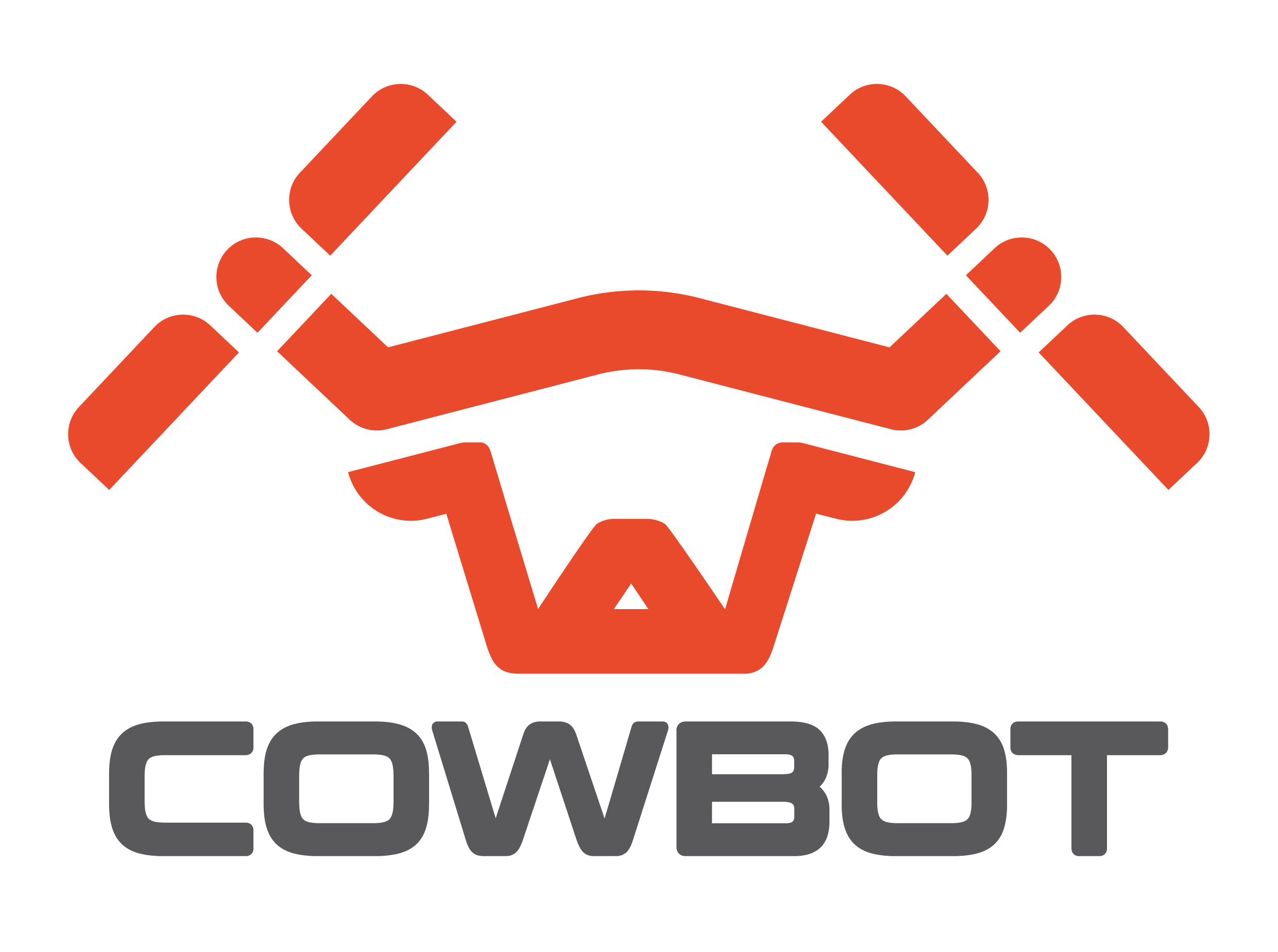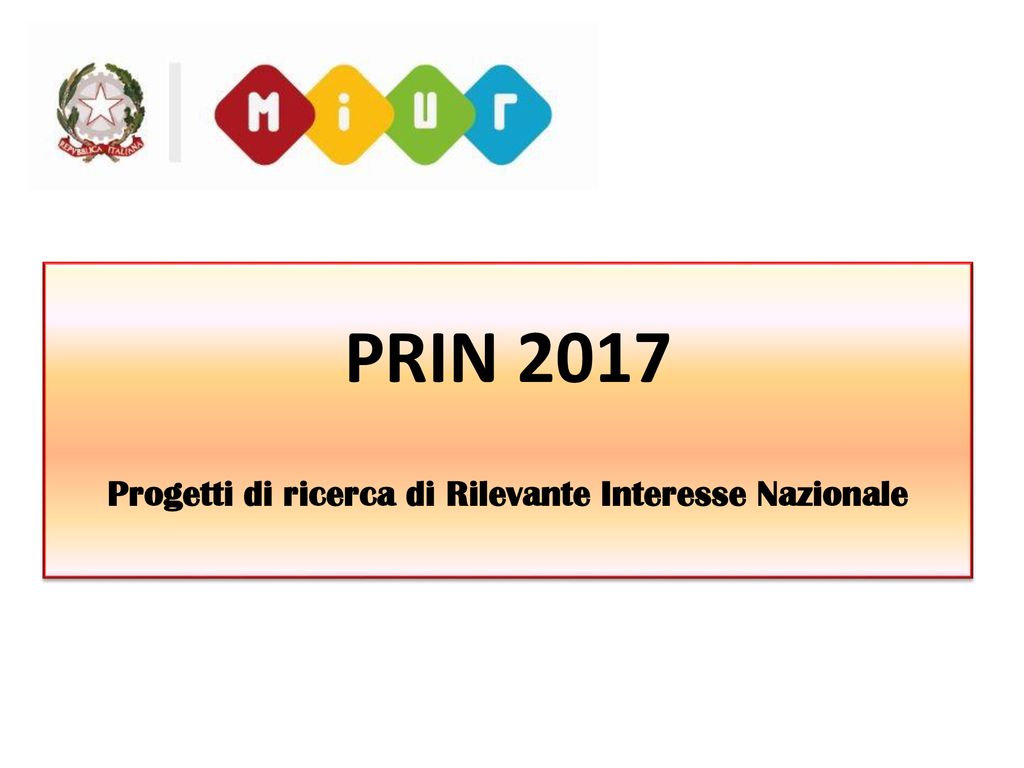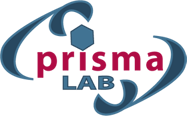The agri-food sector is undergoing a significant transformation in terms of automation and connectivity observable in all stages of production. To reach the end user, an agri-food product must undergo phases of both outdoor and indoor cultivation, storage and conservation, transformation, transport and sale. In all these phases, robotics can significantly contribute to the achievement of high standards, for example, in sowing, irrigation, weeding, monitoring, harvesting, transport, quality assurance, transformation of raw materials into high quality products, in the refilling of the shelves or in the processing of customer orders through the collection of goods. The increase in the human population, the climate change, the fight against plant diseases, the high costs of labour and energy, the demand of the society for a self-sustainable production respecting the environment, the increase in the demand for zero km products are all typical challenges that the agri-food sector is facing and that can only be overcome with a high level of automation and digitalisation as found in precision agriculture technologies.
AI-DROW

- Anti-Intruder multi-DROne system for Wild animals in smart farming environments
- September 2023 - September 2025
- 107,864 €
The AI-DROW project has the goal of developing an autonomous, multi-aerial robotic system to automatically inspect crop fields and agricultural areas to detect and push away wild animals. The main objective is to improve the coexistence of human beings with wildlife, preserving damages to the cultivation and minimizing the human-wildlife conflicts. Damages caused by wild animals' intrusions to harvested fields is one of the main cause of profit-loss for farmers, causing an average loss of 20% of the harvest. At the same time, the expansion of cultivated areas into previous wildlife habitats, agricultural raiding represents one of the first motivations of human-wildlife conflicts. For this reason, effective techniques preserving both the farmer products and the wild animal health able to push them away without any hurt, are more than needed. In this context, Unmanned Aerial Vehicles (UAVs) represent the perfect systems to inspect quickly large areas, searching for unexpected intruders. UAVs can be equipped with different sensors to allow the detection and the recognition of wild animals and at the same time safely keep them far from the surveilled area (i.e., ultrasonic repellents). In AI-DROW the aerial fleet will be commanded as a centralized system that continuously shares information about the state of the environment. Machine learning approaches are exploited to predict the location of an intruder and promptly react to the presence of wild animals in the field. Currently, the main limitation of UAVs is flying autonomy. To overcome such a problem, optimizing vehicle motions to minimize the navigation time helps to mitigate this problem. During a mission, the fleet will be able to autonomously navigate and coordinate in order to surveil the environment. The number of the UAVs involved in the mission will be dynamically tuned based on the battery status of the drones. In this way, the field will be continuously monitored. Even though the proposed approach can be generalized, in this project we will focus on the case of wild pigs (Sus scrofa). To detect wild animals, machine learning and computer vision techniques will be adopted. The integrated system will be tested in agricultural environments provided by the animal science research group of the University of Naples Federico II.
COWBOT

- preCision livestOck farming With collaBorative heterOgeneous roboT teams
- October 2022 - September 2025
- 644,043 €
- website
The main objective of COWBOT is to develop a novel robotic solution for precision livestock farming (PLF). The proposed solution will be realized as a novel concept of heterogeneous team of robots to be deployed in farming facilities with the aim of monitoring and supporting daily activities. PLF represents a new golden era of dairy industry. Modern livestock farming is searching for new innovations and the latest can boost milk yields, enhance milk quality, and reduce the costs associated to animal productions. There are a variety of aspects of farm management which, if handled through technology, can make operations efficient. Precision farming technologies provide great opportunities for improvements in individual animal management on dairy farms. Combined, all devices may provide data that measures animal management, feeding and welfare, which can then be extrapolated to make changes in the dairy’s facilities.Along these lines, robots are a revolutionary upscaling in the Agri-Food sector for their precision and efficiency. In particular, the heterogeneous robotic team developed within COWBOT will provide disruptive solutions for monitoring precise livestock farming. A multi-modal sensing system will be integrated into the robotic devices for environmental monitoring (temperature, pH, salinity, water and air quality), feed quality (silage, hay and total mixed ration - TMR), possible abnormal fermentations as well as aerobic spoilage, fire prevention, indexes of animals’ welfare and behavior. COWBOT will be the starting point for a coordinated team of robots that may automatically monitor, manage, and safely co-exist with animals in smart, precise livestock farming. Thus, the impacts of the project will embrace the still unreached goal of increasing livestock farming quality and production.
PRINBOT

- Grapevine Recognition and Winter Pruning Automation Based on Innovative Robots
- September 2019 - August 2022
- 419,000 €
Robots are a revolutionary upscaling in the Agri-Food sector for their precision and efficiency. The main goal is to develop and test innovative robotic mobile manipulation technologies for grapevine winter pruning automation. Deep learning processes and pruning skills will be merged into a robot with advanced control capabilities. Multi-modal sensing system, in particular stereo vision, will be developed and integrated to a full torque sensing robotic manipulator for grapevine recognition, manipulation, and pruning. This robotic arm is mounted on a legged locomotion platform forming a mobile manipulator prototype to be demonstrated in comparison with hand pruning in vineyard. Robot manipulation performance as pruning efficiency, locomotion as related to different terrain as well as vine growth features the following season will be assessed. Impacts of the project embrace the still unreached goal of selective and fully automation of winter pruning.
